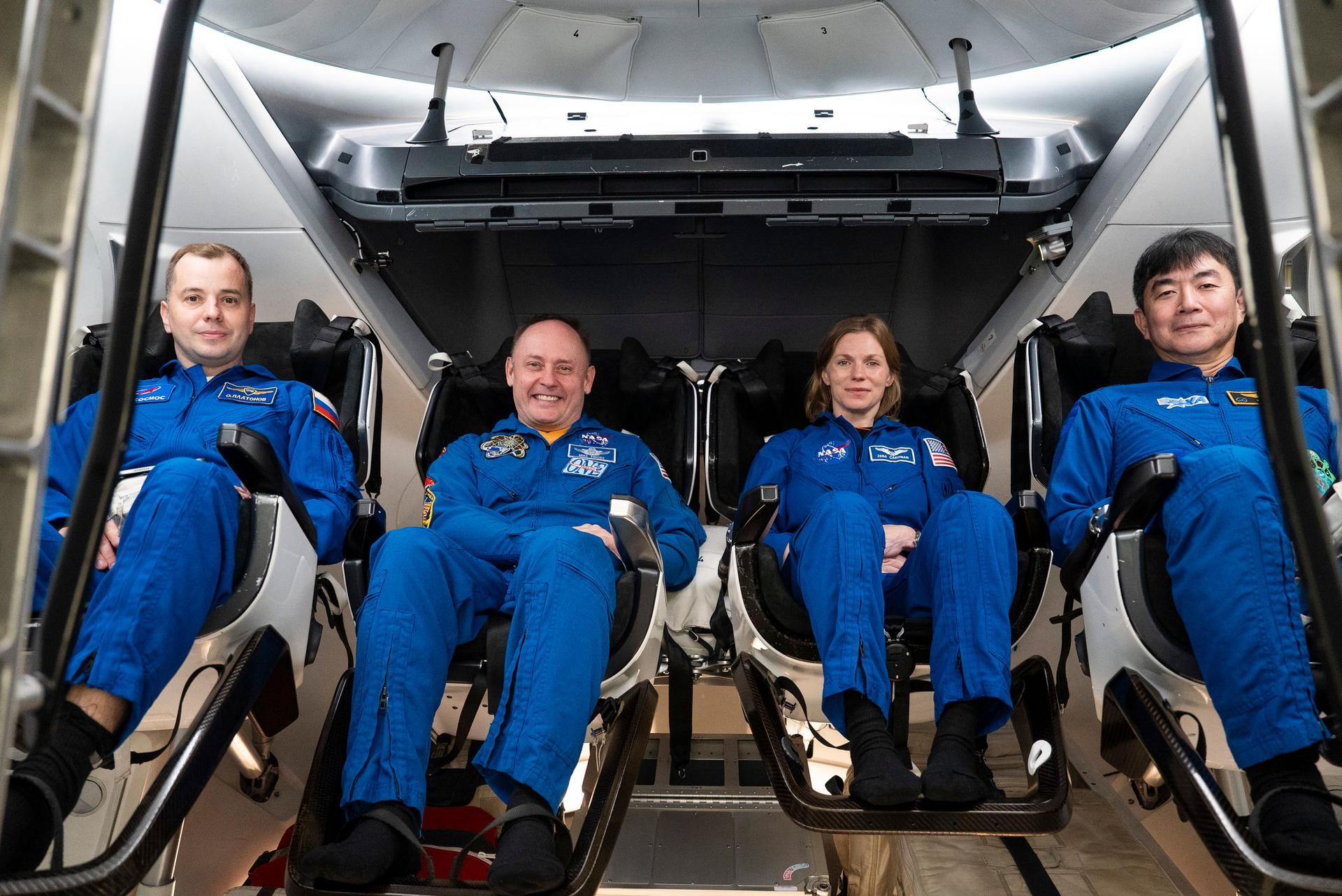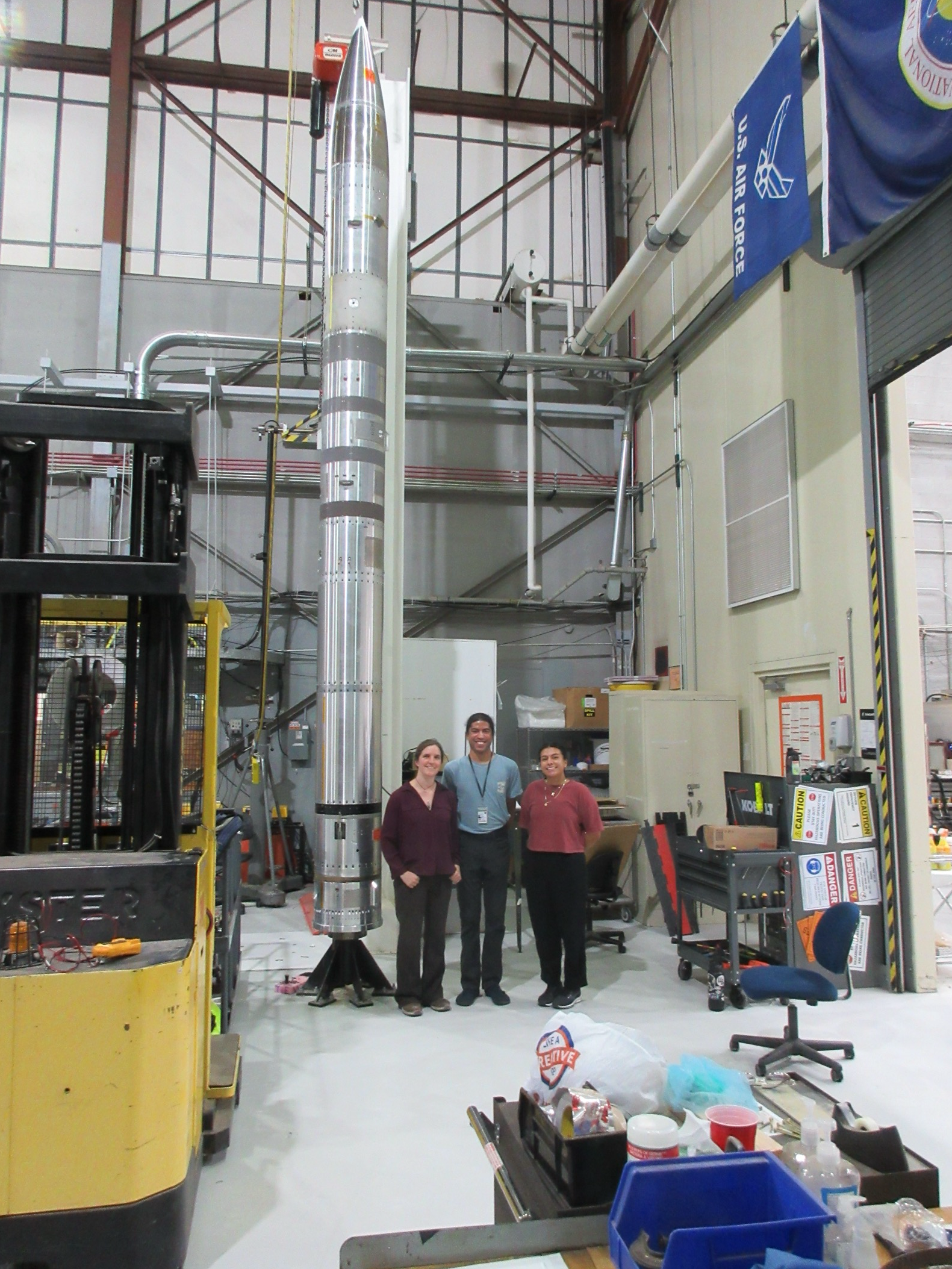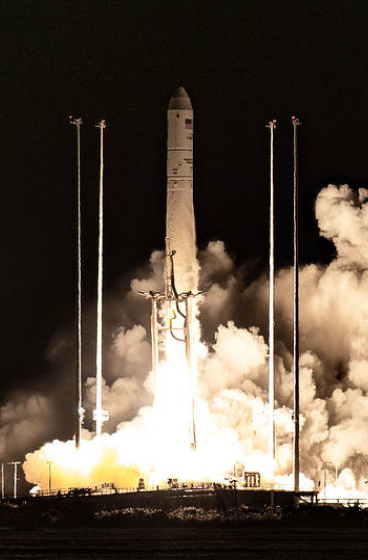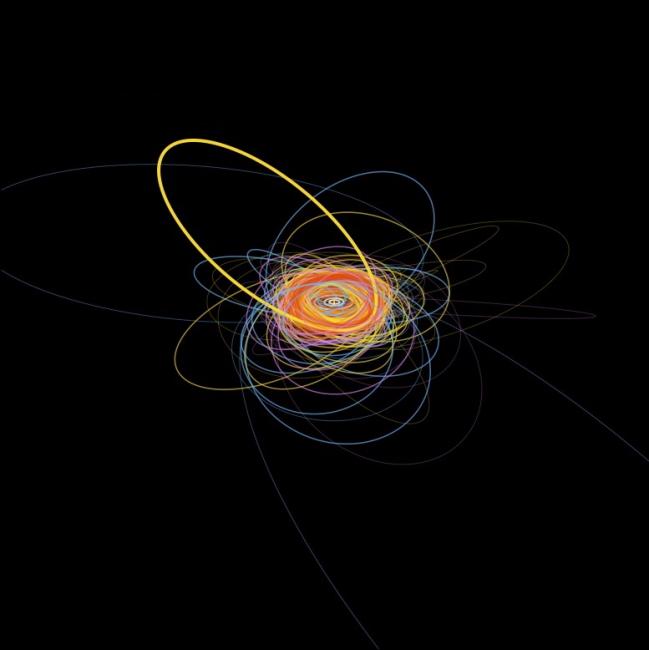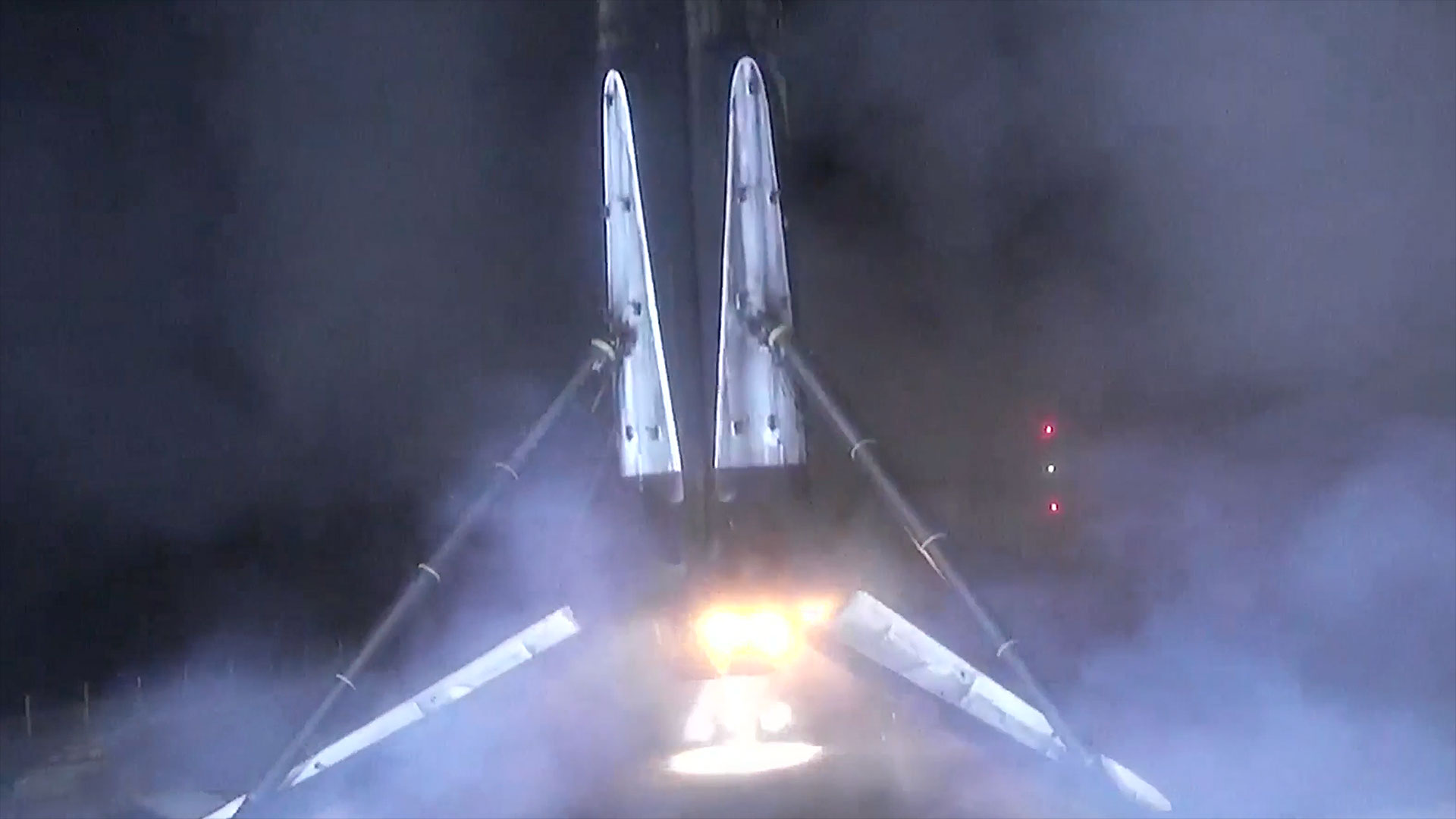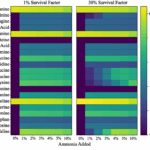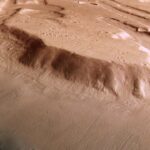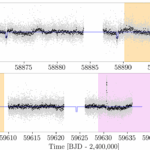Now Reading: NASA Tests Scalable Satellite Tech to Launch Sensors Quicker
-
01
NASA Tests Scalable Satellite Tech to Launch Sensors Quicker
NASA Tests Scalable Satellite Tech to Launch Sensors Quicker
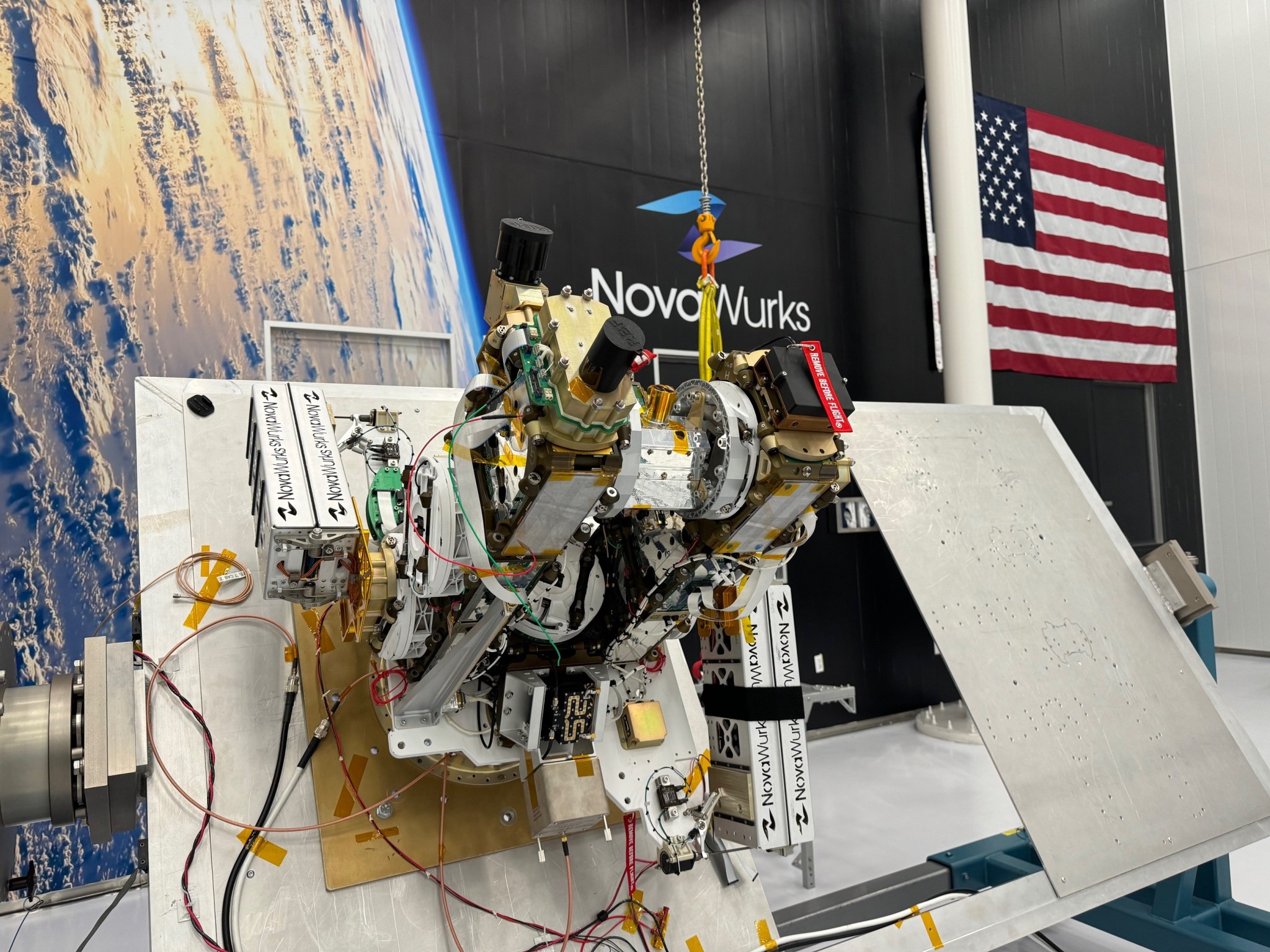
4 min read
Preparations for Next Moonwalk Simulations Underway (and Underwater)
NASA’s Athena Economical Payload Integration Cost mission, or Athena EPIC, is a test launch for an innovative, scalable space vehicle design to support future missions. The small satellite platform is engineered to share resources among the payloads onboard by managing routine functions so the individual payloads don’t have to.
This technology results in lower costs to taxpayers and a quicker path to launch.
“Increasing the speed of discovery is foundational to NASA. Our ability to leverage access to innovative space technologies across federal agencies through industry partners is the future,” said Clayton Turner, Associate Administrator for Space Technology Mission Directorate at NASA headquarters in Washington. “Athena EPIC is a valuable demonstration of the government at its best — serving humankind to advance knowledge with existing hardware configured to operate with new technologies.”
NOAA (National Oceanic and Atmospheric Administration) and the U.S. Space Force are government partners for this demo mission. Athena EPIC’s industry partner, NovaWurks, provided the space vehicle, which utilizes a small satellite platform assembled with a Hyper-Integrated Satlet, or HISat.

The HISat instruments are similar in nature to a child’s toy interlocking building blocks. They’re engineered to be built into larger structures called SensorCraft. Those SensorCraft can share resources with multiple payloads and conform to different sizes and shapes to accommodate them. This easily configurable, building-block architecture allows a lot of flexibility with payload designs and concepts, ultimately giving payload providers easier, less expensive access to space and increased maneuverability between multiple orbits.
Scientists at NASA’s Langley Research Center in Hampton, Virginia, designed and built the Athena sensor payload, which consists of an optical module, a calibration module, and a newly developed sensor electronics assembly. Athena EPIC’s sensor was built with spare parts from NASA’s CERES (Clouds and the Earth’s Radiant Energy System) mission. Several different generations of CERES satellite and space station instruments have tracked Earth’s radiation budget.
“Instead of Athena carrying its own processor, we’re using the processors on the HISats to control things like our heaters and do some of the control functions that typically would be done by a processor on our payload,” said Kory Priestley, principal investigator for Athena EPIC from NASA Langley. “So, this is merging an instrument and a satellite platform into what we are calling a SensorCraft. It’s a more integrated approach. We don’t need as many capabilities built into our key instrument because it’s being brought to us by the satellite host. We obtain greater redundancy, and it simplifies our payload.”
This is the first HISat mission led by NASA. Traditional satellites, like the ones that host the CERES instruments — are large, sometimes the size of a school bus, and carry multiple instruments. They tend to be custom units built with all of their own hardware and software to manage control, propulsion, cameras, carousels, processors, batteries, and more, and sometimes even require two of everything to guard against failures in the system. All of these factors, plus the need for a larger launch vehicle, significantly increase costs.
This transformational approach to getting instruments into space can reduce the cost from billions to millions per mission. “Now we are talking about something much smaller — SensorCraft the size of a mini refrigerator,” said Priestley. “If you do have failures on orbit, you can replace these much more economically. It’s a very different approach moving forward for Earth observation.”
Athena EPIC is scheduled to launch July 22 as a rideshare on a SpaceX Falcon 9 rocket from Vandenberg Space Force Base, California. The primary NASA payload on the launch will be the TRACERS (Tandem Reconnection and Cusp Electrodynamics Reconnaissance Satellites) mission. The TRACERS mission is led by the University of Iowa for NASA’s Heliophysics Division within the Science Mission Directorate. NASA’s Earth Science Division also provided funding for Athena EPIC.
“Langley Research Center has long been a leader in developing remote sensing instruments for in-orbit satellites. As satellites become smaller, a less traditional, more efficient path to launch is needed in order to decrease complexity while simultaneously increasing the value of exploration, science, and technology measurements for the Nation,” added Turner.
For more information on NASA’s Athena EPIC mission:
https://science.nasa.gov/misshttps://science.nasa.gov/mission/athena/ion/athena/
About the Author
Charles G. Hatfield
Share
Related Terms
Stay Informed With the Latest & Most Important News
-
 012024 in Review: Highlights from NASA in Silicon Valley
012024 in Review: Highlights from NASA in Silicon Valley -
 02Panasonic Leica Summilux DG 15mm f/1.7 ASPH review
02Panasonic Leica Summilux DG 15mm f/1.7 ASPH review -
 03How New NASA, India Earth Satellite NISAR Will See Earth
03How New NASA, India Earth Satellite NISAR Will See Earth -
 04And Thus Begins A New Year For Life On Earth
04And Thus Begins A New Year For Life On Earth -
 05Astronomy Activation Ambassadors: A New Era
05Astronomy Activation Ambassadors: A New Era -
06SpaceX launch surge helps set new global launch record in 2024
-
 07Space Force plans new ‘Futures Command’ amid pressure to speed up modernization
07Space Force plans new ‘Futures Command’ amid pressure to speed up modernization





